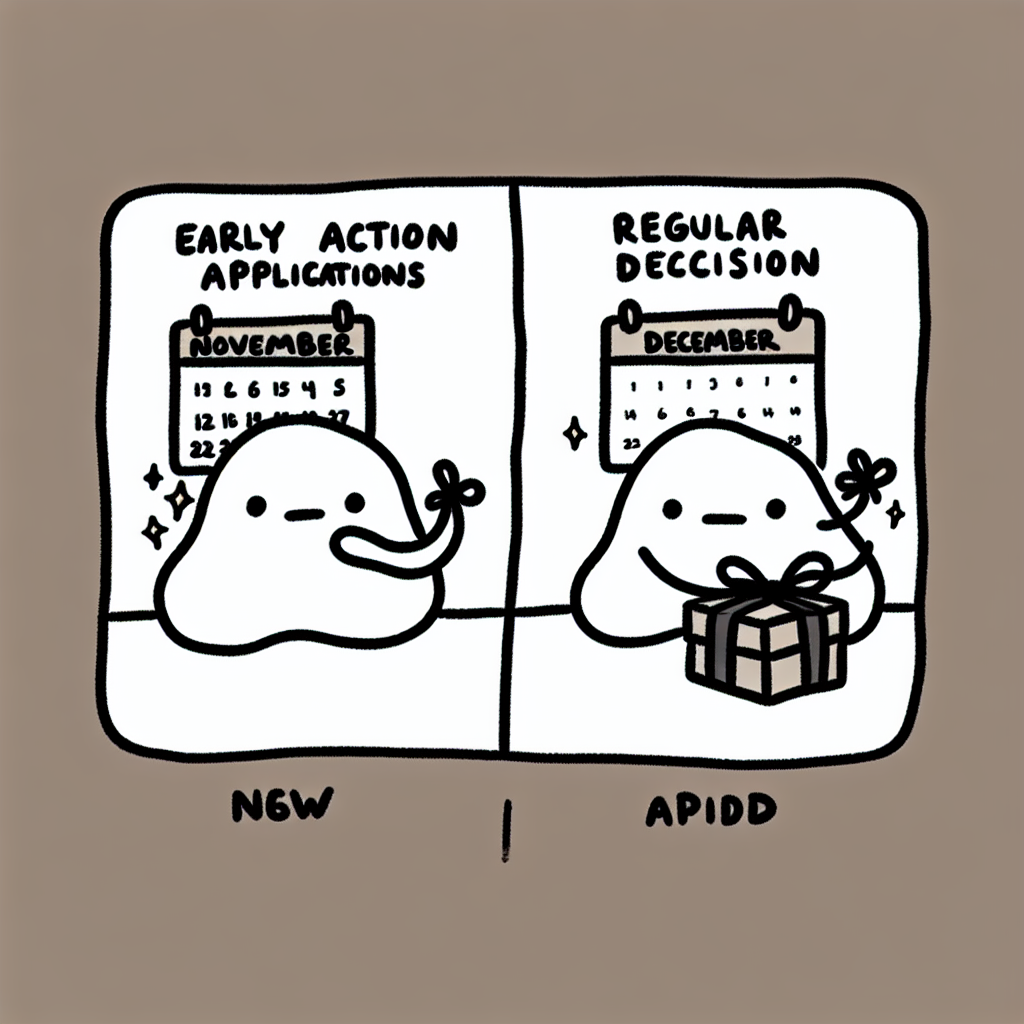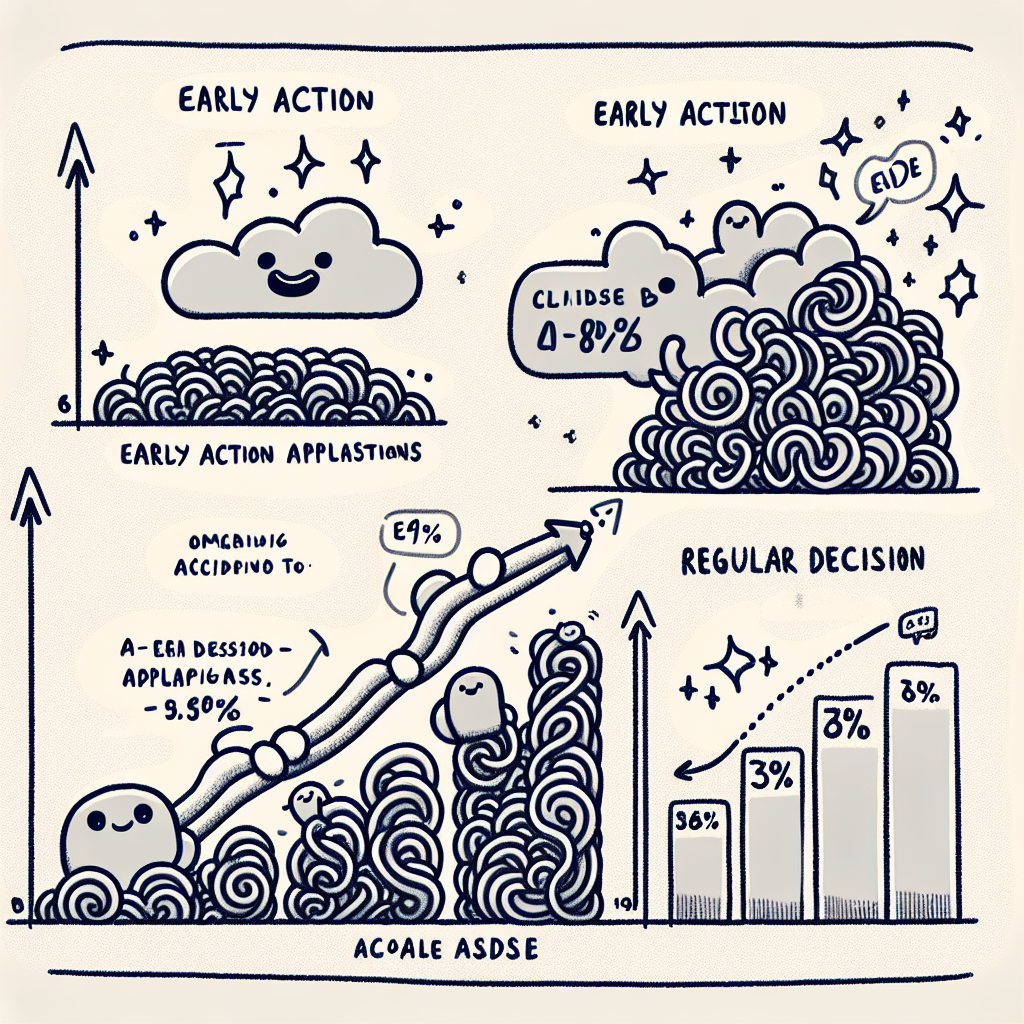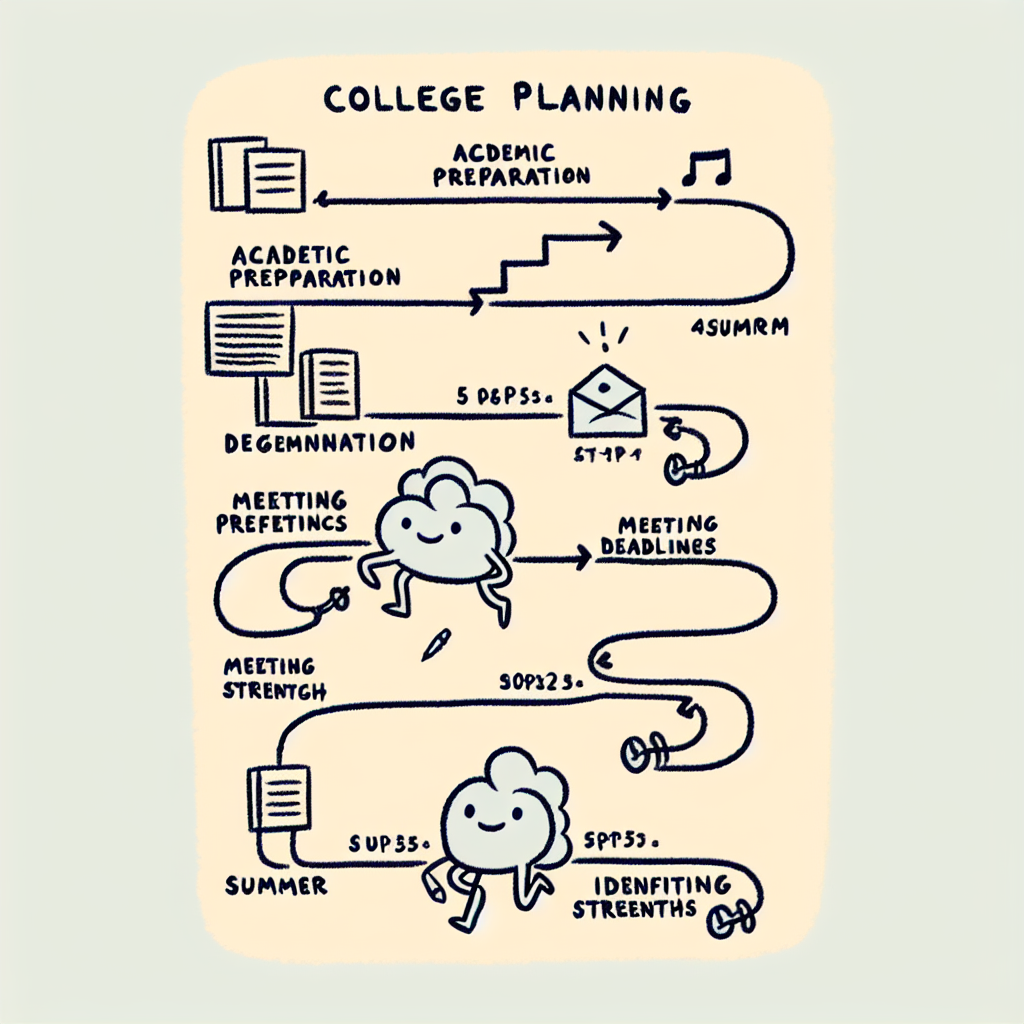Introduction: Understanding Your Admissions Options
When applying to colleges, understanding the differences between regular decision vs early action is critical to making a strategic choice. The college admissions timeline typically begins in the fall of a student’s senior year, with early deadlines starting as soon as November and regular deadlines extending into January.
Early Action (EA) is a non-binding application process that allows students to apply early—usually by November—and receive a decision by mid-December. Because it’s non-binding, students accepted under EA are not required to commit to the school and can still apply elsewhere.
Regular Decision (RD) is the standard application process with deadlines commonly falling in January. Students who apply RD typically receive decisions in March or April. This timeline gives applicants more time to improve their academic profile, finalize test scores, and weigh their options.
For context, Early Decision (ED) is another early application option, but unlike EA, it is binding. Students admitted through ED must attend that school and withdraw applications to other institutions.
Choosing between regular decision vs early action is important because it can affect your admissions strategy, level of stress, and chances of acceptance. Some students benefit from the earlier timeline and potential strategic advantage of EA, while others prefer the flexibility and extended preparation time of RD.

Key Differences Between Early Action and Regular Decision
📅 Application Timelines
One of the primary distinctions between regular decision vs early action lies in the application deadlines and notification timelines. Early Action (EA) deadlines are typically set in November, with students receiving decisions by December or January. In contrast, Regular Decision (RD) deadlines usually fall in January or February, with decisions released in March or April. This difference gives EA applicants the advantage of receiving college decisions earlier, allowing more time for planning.
🎓 Binding vs. Non-Binding
Both Early Action and Regular Decision are non-binding, meaning that students are not obligated to attend if admitted. EA applicants can apply to multiple institutions and still have the flexibility to choose later. This contrasts with Early Decision (ED), which is binding—students applying ED must attend the school if accepted. Understanding this difference is crucial when weighing regular decision vs early action options.
📈 Admission Rates and Selectivity
Admission statistics often show that EA (and ED) applicants enjoy higher acceptance rates compared to RD applicants. This trend may be due to the self-selecting nature of early applicants, who tend to have strong academic records and well-prepared applications. Meanwhile, the Regular Decision pool is typically larger and more competitive, which can lower the odds of admission. This makes the choice between regular decision vs early action an important strategic consideration for applicants.

📊 Data-Driven Comparisons and Trends
Growth in Early Action Applications
Between 2016 and 2017, the number of Early Action (EA) applicants increased by 9%, while the number of EA admits rose by 10% (Inside Higher Ed). This data reflects a rising interest in the Early Action pathway as students seek a non-binding way to demonstrate interest in selective colleges.
Early Decision Trends
Early Decision (ED) admissions also saw modest growth. From 2012 to 2017, the share of ED admits increased from 2% to 3% overall, suggesting a gradual but steady rise in the use of binding early applications (College Board).
Harvard's Acceptance Rates: A Case Study
At Harvard, the acceptance rate for EA applicants to the Class of 2023 was 13.4%, while the Regular Decision (RD) acceptance rate was significantly lower at 3.0% (Wikipedia - Early Action). This stark contrast highlights the potential advantage of applying early at highly selective institutions.
Nationwide EA Admission Advantage
In 2019, EA applications rose 24% from the previous year. Nationally, EA applicants had a 60% acceptance rate, compared to just 36% for those applying Regular Decision (Forbes). These figures underline a substantial nationwide advantage for EA applicants in the regular decision vs early action discussion.
ED vs. RD at Selective Liberal Arts Colleges
At selective liberal arts colleges with overall admit rates below 25%, the average ED admit rate stood at 18.2%, while the average RD admit rate was only 6.5% (Wikipedia - Early Decision). This significant difference reinforces the strategic benefit of ED in the regular decision vs early action landscape, particularly at competitive institutions.

Strategic Considerations for Applicants
🎯 When to Choose Early Action
Early Action (EA) can be a smart option for students who have a strong academic profile by the end of their junior year. If you've completed your standardized testing—such as the SAT or ACT—by early fall, EA allows you to submit your application without the binding commitment of Early Decision. This is particularly advantageous for applicants aiming to show interest in selective schools, where EA can offer a statistical edge in admissions rates compared to Regular Decision (RD).
🕰️ When Regular Decision Might Be Better
Regular Decision may be the better path for students who need additional time to strengthen their applications. If you're planning to improve your GPA with strong fall semester grades or still need to take or retake standardized tests, RD gives you that flexibility. It's also ideal if you're still refining your college list or essays, allowing more time for thoughtful preparation.
🧾 Financial Aid Implications
Both Early Action and Regular Decision allow students to compare financial aid packages before committing to a college, which is a key distinction from Early Decision. Since ED is binding, it can limit financial flexibility by requiring a commitment before seeing all offers. EA and RD, on the other hand, keep financial options open, which is crucial for many families.
📌 Impact on Application Strategy
Choosing EA can relieve some of the stress associated with the college admissions process by providing early feedback. It also allows students to apply to additional schools later through RD. However, RD may offer a better opportunity for a more polished and comprehensive application. Applicants should also consider specific policies at each school, such as restrictive or single-choice Early Action, which may limit the ability to apply EA elsewhere. Understanding these nuances is essential when weighing regular decision vs early action.

Pros & Cons Summary Table
When weighing regular decision vs early action, it's helpful to compare key factors side by side. The table below summarizes the main differences between these two college application options.
FactorEarly Action (EA)Regular Decision (RD)Binding?NoNoDeadlineEarly (Nov)Later (Jan–Feb)Decision NotificationDec–JanMar–AprFlexibilityHighHighAdmission RatesOften higherOften lowerTime to Prepare ApplicationLessMoreCompare Aid OffersYesYes
This overview highlights that while both regular decision vs early action are non-binding and allow students to compare financial aid offers, early action typically requires earlier preparation but can offer higher admission rates and earlier decisions. Regular decision, on the other hand, gives students more time to strengthen their applications, though often with more competitive acceptance rates.

🧭 Application Planning Tips
📌 Step-by-Step Timeline
Understanding the timeline is essential when deciding between regular decision vs early action. Here’s a clear breakdown to help guide your planning:
- Summer before senior year: Begin researching colleges that offer both regular decision and early action. Start drafting and refining your personal essay and supplemental materials.
- Fall: If early action is a good fit, submit applications by the typical November deadlines. This is also the time to request letters of recommendation and finalize standardized test scores.
- Winter: For schools you're applying to through regular decision, finish up your applications. Most RD deadlines fall in January, so use the winter break to review and polish your submissions.
- Spring: After receiving decisions from both early action and regular decision schools, compare financial aid offers, visit campuses if possible, and make your final choice by the national decision deadline in May.
✅ Questions to Ask Before Choosing EA or RD
When choosing between regular decision vs early action, ask yourself the following:
- Are your grades and test scores already competitive? Early action means applying with the academic record you have through junior year, so strong performance up to that point is crucial.
- Do you have a clear top-choice school? Early action is non-binding, but it’s most effective when you have a strong interest in a particular institution.
- Can you complete a strong application by November? If you need more time to improve essays or test scores, regular decision might be the better route.
- Do you want to maximize admission odds at selective schools? Some highly selective colleges admit a higher percentage of early applicants, so early action could give you a slight edge if your application is already strong.
Carefully assessing your readiness and goals can help you choose the best option in the regular decision vs early action process.

Conclusion: Making the Best Decision for You
When deciding between regular decision vs early action, it's essential to consider your individual goals, academic preparedness, and application timeline. Early action (EA) can be beneficial if you have strong grades and test scores by early fall and want to receive admissions decisions sooner without a binding commitment. Regular decision (RD), on the other hand, gives you more time to strengthen your application, gather recommendations, and weigh your college choices.
Each pathway offers strategic advantages. EA might improve your chances slightly at some schools due to smaller applicant pools, but the competition can also be more intense. RD allows more time but typically has a larger pool of applicants. Use available data, such as acceptance rates and deadlines, to guide your decision and align it with your readiness and preferences.
Ultimately, choosing between regular decision vs early action should reflect your circumstances. No option guarantees admission, but making informed, realistic choices based on your strengths and situation can significantly improve your outcomes.

📚 Additional Resources
To further explore the differences between regular decision vs early action, the following resources provide valuable data, trends, and historical context:
- 📖 Inside Higher Ed – Application Trends: Offers insight into recent application trends, including how regular decision vs early action options are shaping college admissions.
- 📖 College Board – Early Decision Growth: Discusses the growth and implications of early decision plans, helping to contextualize their relationship with early action and regular decision.
- 📖 Wikipedia – Early Action Overview: Provides a general overview of early action, including its key characteristics and how it compares to regular decision.
- 📖 Forbes – EA Admission Trends: Analyzes trends in early action and early decision admissions, offering data relevant to the regular decision vs early action discussion.
- 📖 Wikipedia – Early Decision Statistics: Features statistics and explanations that help illustrate how early decision differs from early action and regular decision in the admissions process.














